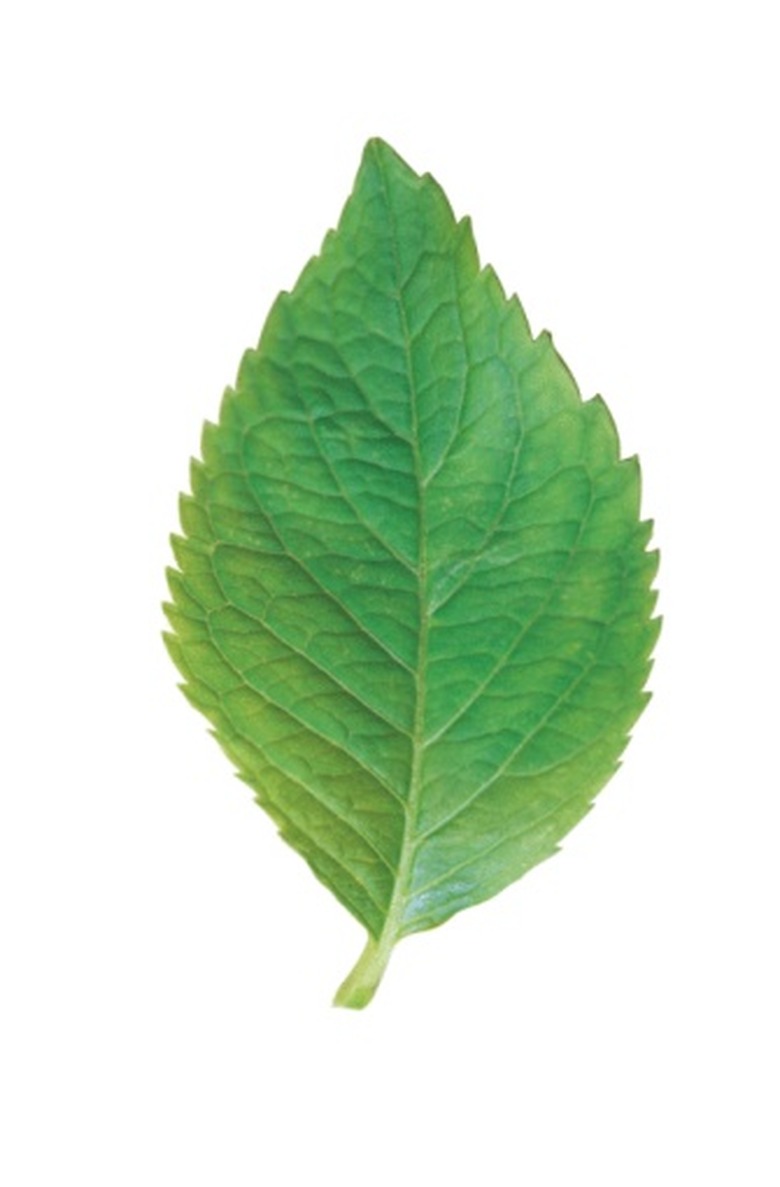Tooth Leaf Identification Guide
You can identify trees and shrubs by the characteristics of their leaves. First, determine whether the leaves are single or compound. Compound leaves are made up of many leaflets. Then determine whether the leaves grow directly across from each other, called "opposite." Leaves are "alternate" if they are singly attached along the branch with a space between the leaves. In the next step, examine the leaf margin. Is it smooth or is it toothed? Toothed leaves come in many forms and can help identify the tree or bush.
- You can identify trees and shrubs by the characteristics of their leaves.
- Toothed leaves come in many forms and can help identify the tree or bush.
Step 1
Examine the teeth on the edge of the leaf. Are they small and round? Small and round teeth are called "crenate." Cottonwood and white mulberry trees have crenate toothed leaves. When round teeth are very small, they are referred to as "crenulate."
Step 2
Look closely at the leaf margin to see if the teeth are pointed and resemble teeth on a saw. The toothed leaf edge is called "serrate." Serrated teeth are angled toward the tip of the leaf. Black cherry, American chestnut, American linden and sumac have serrated toothed leaves. The leaves of sumac are made up of up to 27 sharply toothed leaflets. When the teeth are very small, they are called "serrulate."
- Examine the teeth on the edge of the leaf.
- When round teeth are very small, they are referred to as "crenulate."
Step 3
Examine the leaf margin carefully to find out if it has large teeth that bear smaller teeth. This type of leaf margin is referred to as "doubly serrate." Gray birch, American elm and moosewood, also known as striped maple, are examples of trees with doubly serrated leaf edges.
Step 4
Examine the angles of the teeth on the leaf margin. When the teeth point outward at right angles (perpendicular) to the midline of the leaf, the teeth are "dentate." Viburnum is a shrub with dentate leaf margins. Dentate teeth can be rounded or pointed. Very small dentate teeth are called "denticulate."
- Examine the leaf margin carefully to find out if it has large teeth that bear smaller teeth.
- When the teeth point outward at right angles (perpendicular) to the midline of the leaf, the teeth are "dentate."
Step 5
Lobed leaves, leaves with deep indentations, can also have teeth. Note the teeth at the tip of the lobes, forming sharp points. Maples, many oaks and the tulip tree bear toothed, lobed leaves.
Tip
Use a magnifying glass to analyze very fine teeth on leaf margins. If the type of leaves and toothed margins are not sufficient to identify a tree or shrub, examine the veins of the leaf. Leaf veins can run parallel, netlike or palmlike. Examine the bark, fruit or flower of a tree for additional information.
Warning
Leaves on the same tree may not all have the same shape or coloration.
References
- Michigan State University Extension: Leaf -only Tree & Shrub Key
- Smithonian Handbooks; Trees; Allen J. Coombes, 2002
